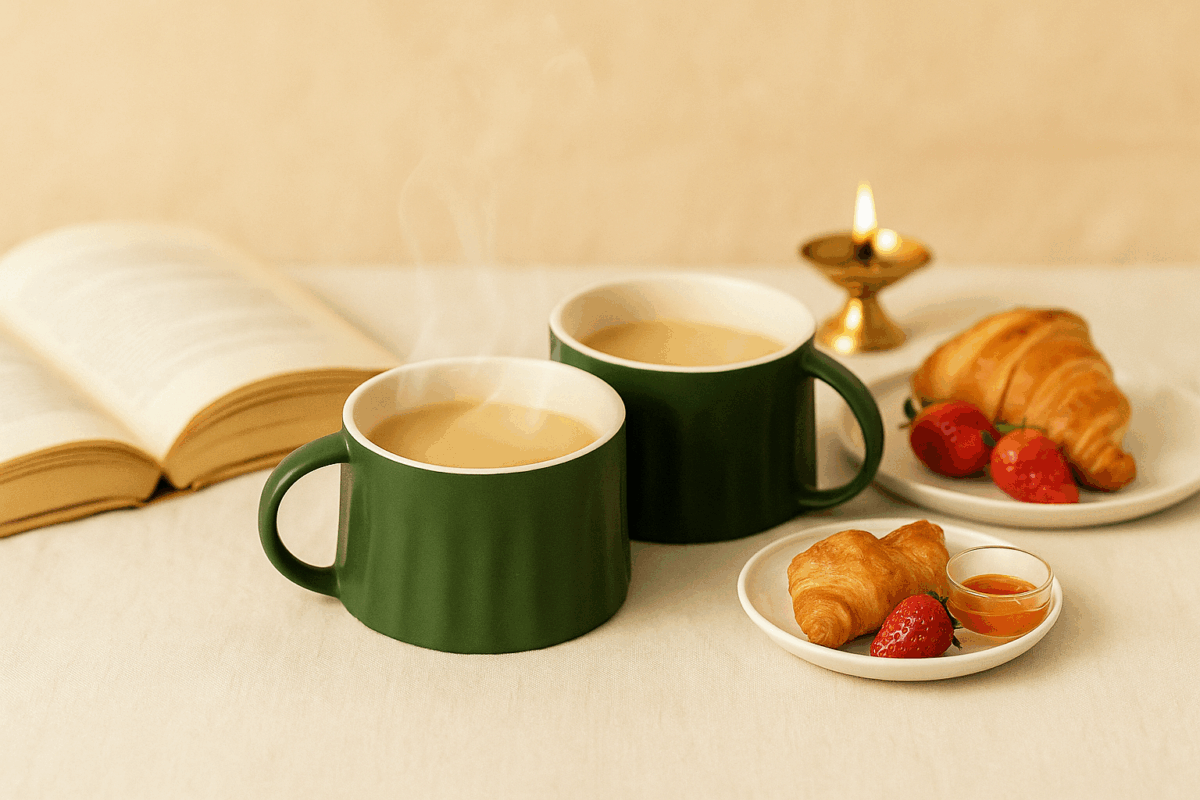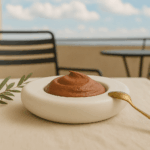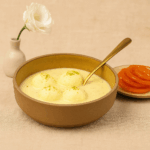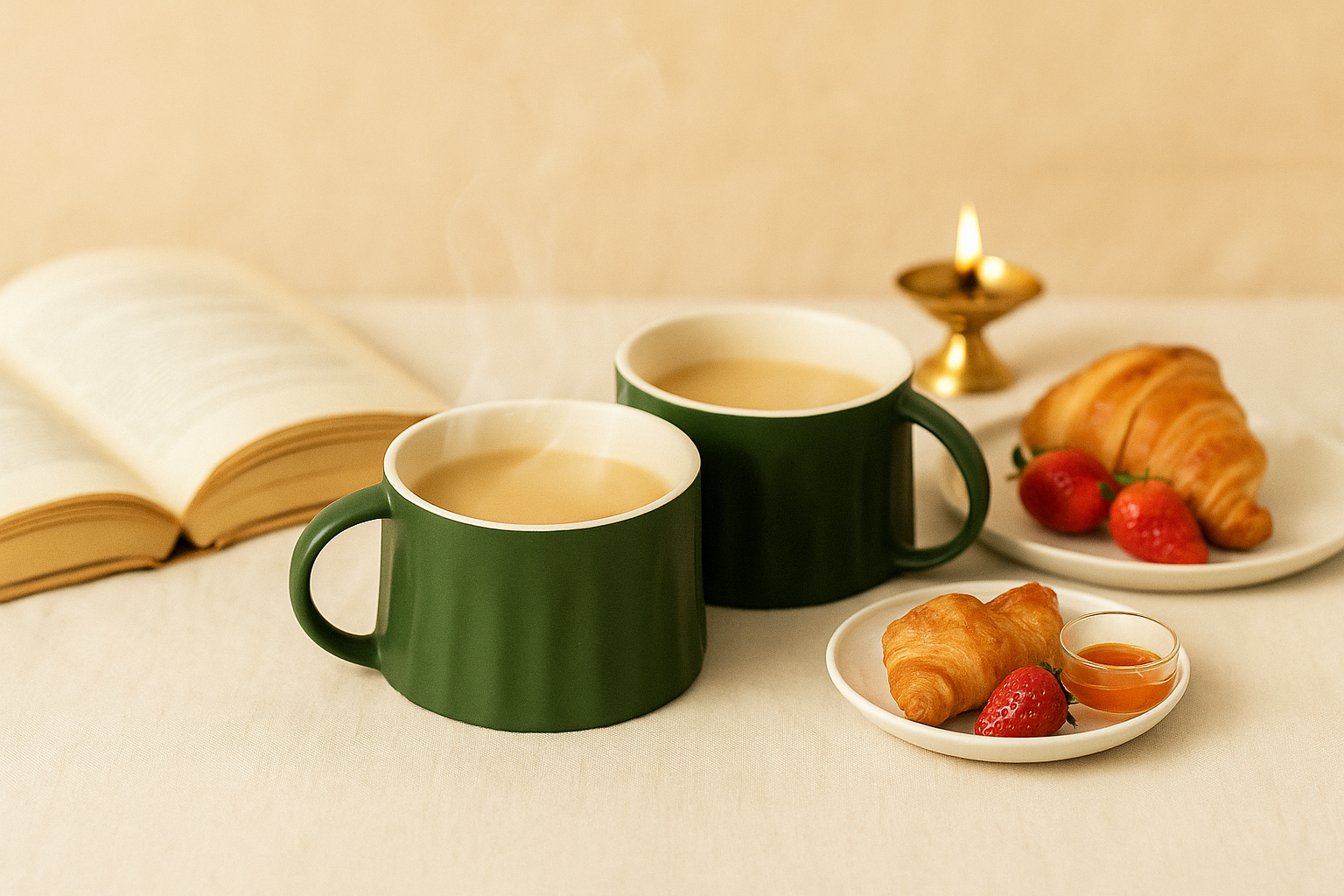
Slow Living in India: Why Buyers Are Choosing Rituals Over Rush
Pause for a second. Think about your last week. How many meals did you eat standing up, scrolling on your phone, or rushing out the door? How many mornings began with a quick sip of tea in a steel tumbler before the commute, rather than a pause to sit, sip, and breathe? This is where the slow living movement enters — not as a trend, but as a quiet rebellion against speed.
For Indian buyers in 2025, slow living is no longer a niche philosophy. It is becoming a lifestyle choice. As work cultures shift, wellness becomes a priority, and homes transform into sanctuaries, people are asking: how do I bring intention back into my everyday life? At COKO India, we believe the answer begins with rituals, objects, and design. Because the cup you drink from, the thali you eat on, the diya you light at dusk — these are not accessories. They are anchors of your daily rhythm.
What is Slow Living?
Slow living is about more than just slowing down. It is about intentionality. Instead of rushing through routines, it is about savouring them. Instead of filling homes with disposable goods, it is about surrounding yourself with fewer, better objects that last. Instead of chasing speed, it is about choosing presence.
Why Slow Living Resonates in India
India has always had the DNA of slow living — cha at 4pm, family meals on the floor, evening prayers with diyas. Yet somewhere in the past two decades, rush culture took over. Fast food replaced home meals. Plastic cups replaced handmade vessels. But buyers are returning. Here’s why:
- Wellness: Studies show mindful eating reduces stress and improves health. Buyers are aligning wellness with lifestyle choices.
- Heritage: India’s artisanal heritage is being rediscovered. Handcrafted ceramics and brassware feel more meaningful than mass-produced steel or plastic.
- Global Influence: International slow living trends — Scandinavian minimalism, Mediterranean dining, Japanese wabi-sabi — resonate with Indian sensibilities.
How to Practice Slow Living at Home
Slow living is not about overhauling your life overnight. It’s about adding layers of intention. Here’s how buyers can begin:
1. Redesign Your Mornings
Instead of rushing with chai in a paper cup, pour it into a COKO India ceramic mug. Sit by the window, take 10 minutes to sip and plan your day. That shift changes the tone of your morning.
2. Transform Everyday Meals
Swap steel plates for stoneware dinner sets. Food framed in artisanal ceramics feels more intentional, more cared for. A simple dal-rice dinner becomes a ritual of nourishment.
3. Create an Evening Pause
At dusk, light a brass diya or a glass votive. Let the glow mark the shift from work to rest. This tiny ritual resets your day without words.
4. Style Seasonal Dining
Embrace nature’s rhythms — terracotta ceramics and warm brass in autumn, sage bowls and glass tumblers in monsoon, ivory stoneware for summer. Buyers who rotate colours find homes feel alive and seasonal.
Buyer Takeaway: Why Objects Matter
Many ask: do these details really matter? The answer is yes. Neuroscience shows our senses shape our emotions. The weight of a stoneware plate grounds us. The glow of a diya soothes us. The touch of a matte mug slows us down. Buyers who integrate such details aren’t just decorating. They’re creating emotional anchors in daily life.
For Whom is Slow Living?
- Young Professionals: Tired of burnout, they seek balance through home rituals.
- Families: Looking to build meaningful mealtimes away from screens.
- Design Enthusiasts: Buyers who see homes as curated spaces, not storage.
- Wellness Seekers: People aligning lifestyle choices with yoga, Ayurveda, and holistic living.
Case Study: A Delhi Family’s Slow Living Transition
A buyer in South Delhi switched from steel to COKO India stoneware dinner sets. Within a month, family dinners lasted longer, children stayed at the table without distractions, and the dining space felt calmer. “It was not the food that changed,” the mother shared, “it was the feeling of care in how it was served.”
Action Steps for Buyers
- Audit your routines: Identify one ritual you currently rush through.
- Upgrade one object: Replace a disposable or steel vessel with artisanal ceramics or brassware.
- Create one pause: Introduce an intentional moment — morning tea, evening diya, or weekend family meal.
- Layer gradually: Add collections slowly — don’t overwhelm. Slow living is also slow buying.
Shop the Slow Living Collection (COKO India)
- Stoneware Mug & Saucer Sets
- Everyday Dinnerware Capsule Collections
- Glass Votives & Carafes
- Brass Diyas for Evening Rituals
Website: cokoindia.com
FAQs
Is slow living expensive?
No. It is about fewer, better things. Instead of buying ten mugs, invest in two handcrafted mugs that last.
How can I bring my family into this lifestyle?
Start with shared meals on curated dinnerware. The experience itself draws people in.
Can slow living fit into a busy urban lifestyle?
Yes — it’s not about time, but intention. Even a 10-minute morning ritual is slow living.
Slow living is not about less. It is about more — more presence, more meaning, more beauty. And with COKO India, buyers find objects that anchor these values into their homes and lives.
Website: cokoindia.com





